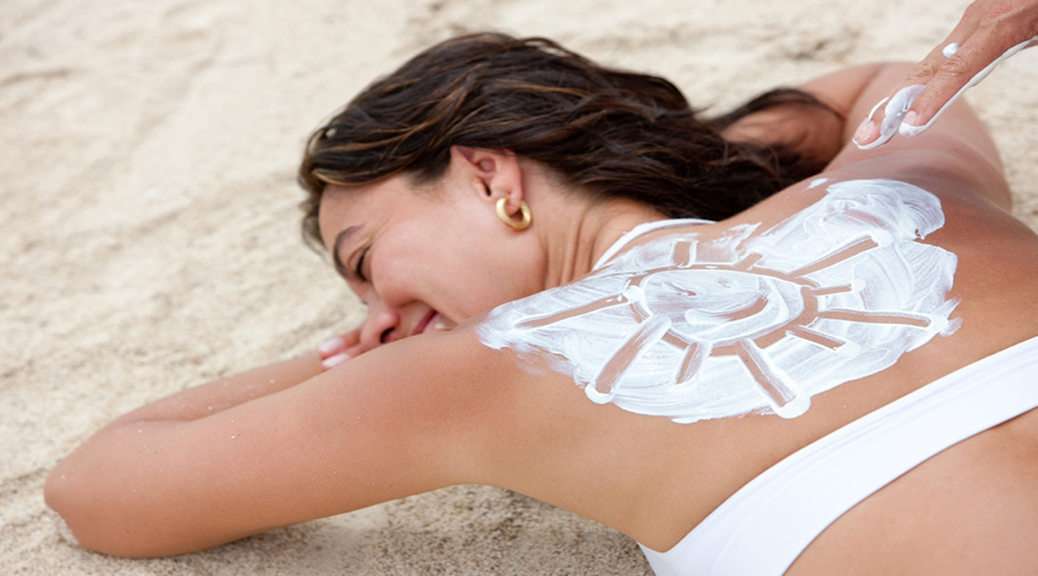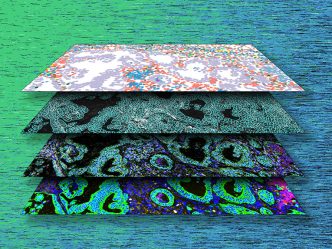AUGUSTA, Ga. – Warmer days are here, encouraging outdoor activities such as swimming, walking, gardening, or even just being outside to soak up the sunshine. But exposure to the sun’s ultraviolet rays is the leading cause of skin cancer, says Dr. Loretta Davis, Chief of Dermatology at Georgia Regents Medical Center and a Professor at the Medical College of Georgia at Georgia Regents University.
“It only takes a few minutes to apply sunscreen, and with today’s sprays, it can be applied in mere seconds. But, surprisingly, only about 30 percent of American adults use sun-protection measures,” said Davis.
To reduce your risk of being among the nearly 1 million people diagnosed with skin cancer this year, Davis recommends following these 10 sun safety precautions:
- Know your enemy. There are two types of UV light: Ultraviolet A and Ultraviolet B rays. UVA rays, which are constant throughout the day, penetrate deep into skin, producing the aging associated with chronic sun exposure such as skin sagging, loss of elasticity, pigment changes, deep wrinkles, and dry skin. UVB rays are strongest between 10 a.m. and 4 p.m. and are the cause of sunburn. Even on cloudy days, UVB rays can still burn your skin. Both UVA and UVB rays cause skin aging and increase risk of skin cancer.
- All complexions are susceptible. People with fair skin and blond or red hair may burn more easily and quickly, but those with darker skin must be protected too. Sun damage affects every skin type.
- Apply and reapply sunscreen. I recommend a broad-spectrum sunscreen that blocks both UVA and UVB rays and has a Sun Protection Factor of at least 15. SPF measures how long it takes sunscreen-protected skin to begin to burn, or turn red, as compared to unprotected skin. For instance, if it takes unprotected skin 10 minutes to burn, then skin protected with an SPF value of 15 will take 150 minutes, or two and a half hours, to burn. A recent report suggested routine use of SPF 70 to compensate for the fact that most adults do not use a thick enough coating of sunscreen. It is said that a “shot glass” of sunscreen is necessary to cover exposed areas of the body and most people do not use enough. Reapply sunscreen every two hours, especially after swimming or sweating, in which case a water-resistant variety should be used.
- Proper attire will help. When you can, wear protective, tightly woven clothing such as a long-sleeved shirt and pants. Light colored, loosely woven clothing may only have an SPF of 2. Consider buying a few items of “sun protective clothing” which have advertised SPF or UPF (Ultraviolet Protection Factor) of 50+. This type of clothing is perfect for working in the yard and taking a walk on the beach, optimally early in the morning or late in the afternoon. Also, a wide-brimmed hat and UV-blocking sunglasses are important for protecting the delicate skin on your face and your eyes. Be sure your sunglasses have UVA and UVB protection, which should filter at least 80 percent of the sun’s rays.
- Watch out for reflective surfaces. Know that UV reflection from sand, water, and pavement cement can redirect up to 85 percent of the sun’s damaging rays. So, UV can damage the skin even when you are sitting in the shade of a big tree or under a beach umbrella.
- Protect little ones. Children are at risk, too. Keep newborns out of the sun. Minimize sun exposure and apply sunscreen to children 6 months and older who are outdoors. Most skin cancers occur in older adults, but skin damage from the sun begins at an early age. Therefore, protection should start in childhood to prevent skin cancer later in life.
- Know when to head for shade. If your shadow is shorter than you are, you’re more likely to get sunburn. This means the sun is near its zenith, or its highest – and hottest – point of the day. When your shadow is short, seek the shade or head indoors to better protect yourself during the most intense rays.
- Avoid Tanning Beds. If you love the look of tanned skin, find a good self-tanner not a tanning bed. Artificial UVA rays in tanning booths not only inflict the same type of skin and eye damage as the sun, but may be as much as 20 times stronger than natural sunlight.
- Know your skin. Examine your skin from head-to-toe monthly. If you see some change in your skin, have it checked immediately by your doctor. Early detection is important.
- Get an annual screening. See your physician every year for a professional skin exam.
“While a suntan may look attractive, it is actually your skin’s way of telling you it has been damaged by sun exposure,” said Davis.
The deeper the tan, the more your skin is fighting to protect itself from sun damage and skin cancer. Keep this in mind the next time you want to bask in the sun.
Dr. Davis is a highly sought-after speaker and an award-winning dermatologist who was been recognized as one of the top doctors in the country. She is a graduate of Miami University and The Ohio State College of Medicine.
###
Georgia Regents University is one of four public comprehensive research universities in the state with nearly 10,000 students enrolled in its nine colleges and schools, which include the Medical College of Georgia – the nation’s 13th-oldest medical school – the nationally-ranked Hull College of Business and Georgia’s only College of Dental Medicine. The clinical enterprise associated with the university includes the 478-bed Georgia Regents Medical Center and the 154-bed Children’s Hospital of Georgia. GRU is a unit of the University System of Georgia and an equal opportunity institution. http://www.gru.edu
 Augusta University
Augusta University





